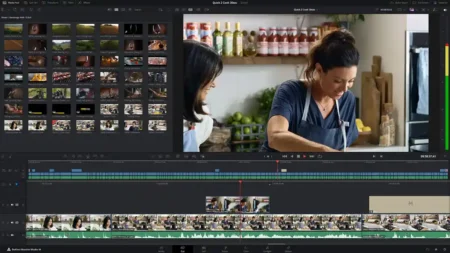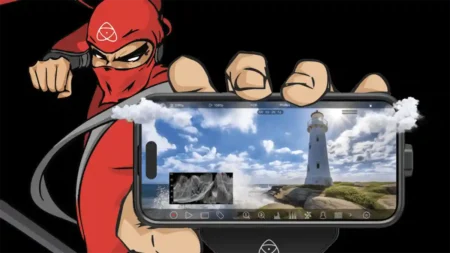I’ve been using the Huawei P20 Pro since its launch at the end of March and its camera has really impressed me. It’s the best smartphone camera I’ve used to date, not just because it captures lots of detail or usually reproduces colours very well, but because its use of artificial intelligence (AI) means it’s incredibly clever. It gives a sense of where cameras could be in the not too distant future.
One aspect that has particularly impressed me is the P20’s Aperture mode. When this mode is activated you have the option to adjust the focus point and depth of field (the size of the sharp area in front of and behind the focus point) post-capture.
It means you can emphasise your subject by blurring the background in a way that is normally only possible when images are captured on a camera with a much bigger sensor. Of course, we’ve seen this kind of thing before, often called Portrait or Bokeh mode, but the Huawei P20 Pro does it better.
So when I was sent a Phase One Trichromatic, a medium format camera with a 100Mp sensor, I thought it would be interesting to see how the bokeh (the quality of the out of focus areas) in images from the two cameras compare.
While I was at it, I thought I may as well chuck a 35mm full-frame camera into the mix, so I also reached for the Sony Alpha a7R III.
What’s the deal with sensor size?
The 100Mp Phase One Trichromatic has a sensor that measures 53.7 x 40.4mm, that’s a little over 2x the size of the sensor that’s in the 42.4Mp Sony A7R III. The Huawei P20 Pro has a three camera system and its largest sensor is a 1/1.73-inch type, much smaller than in either of the other two cameras.
If you want to have the same framing and shoot from the same distance with a medium format camera as you do with a small format camera, you need to use a longer focal length lens. At any given aperture, longer lenses capture shallower depth of field than shorter optics.
This means that if you set the same aperture on a medium format camera and a small format camera, and compose the image in the same way, the background in the image from the medium format camera will be more blurred.
Conversely, this means that the Huawei P20 Pro captures images with much greater depth of field, meaning that more of the image is sharp.
However, smartphone manufacturers have begun to use multiple cameras to enable the phones to capture more information about the scene and to mimic the background blurring that occurs with a larger sensor.
How do they Compare?
I’ll be honest with you, I expected this to be a landslide for the medium format Trichromatic, followed by the Sony A7R III. But the P20 Pro actually did extremely well – at least for blur effect.
However, there’s more to bokeh than blur. It’s also about the quality of the out-of-focus areas, and this is where the medium format and full-frame cameras show their mettle.
I shot a variety of subjects in a range of situations for this comparison, but this portrait scene shot in a woodland with bright highlights beyond helps illustrate the difference quite nicely. As it happens, all three cameras also struggled a little with the white balance with the late afternoon sunshine filtering through young green leaves.
I used the P20 Pro in Aperture mode and produced several versions of the image, each with the focus on the model’s nearest eye and the aperture adjusted post-capture. The first image shows the maximum depth of field that the P20 Pro captures, it was produced with the f/16 setting.
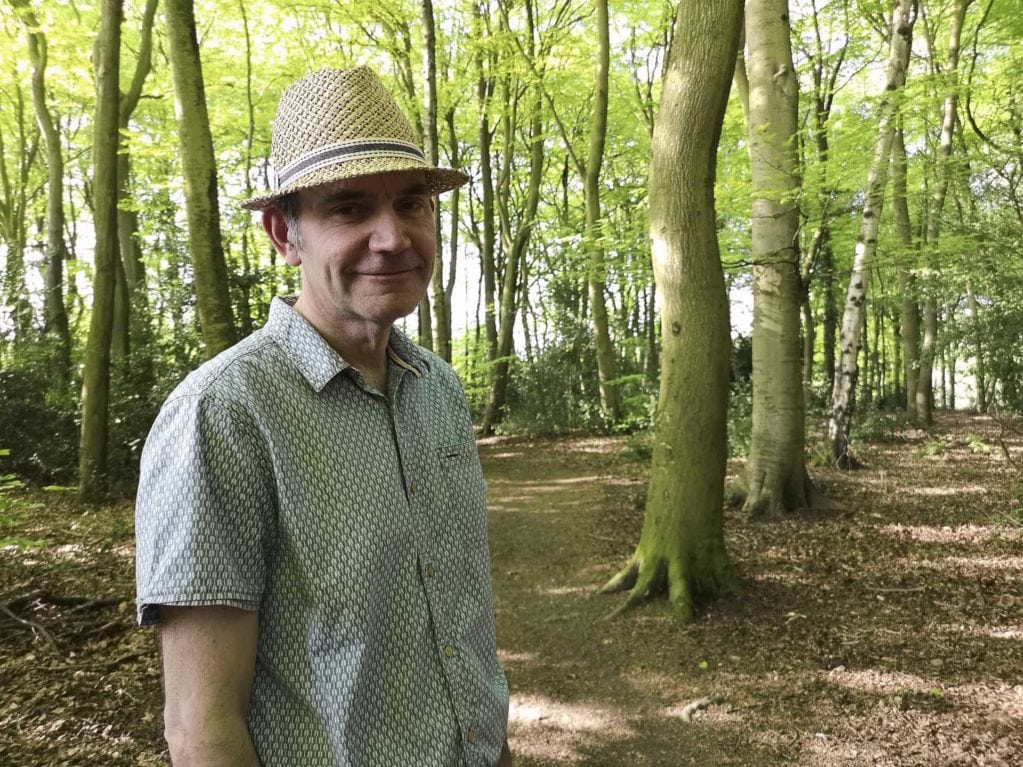
Huawei P20 Pro f/16
Compare this to the image below which was captured using a 45mm lens (equivalent to 28mm in 35mm-film terms) at f/3.5 – the widest aperture available. The background is much softer, but notice also how many of the highlights in it are reproduced as bright circles.
Phase One Trichromatic Hands-on Review
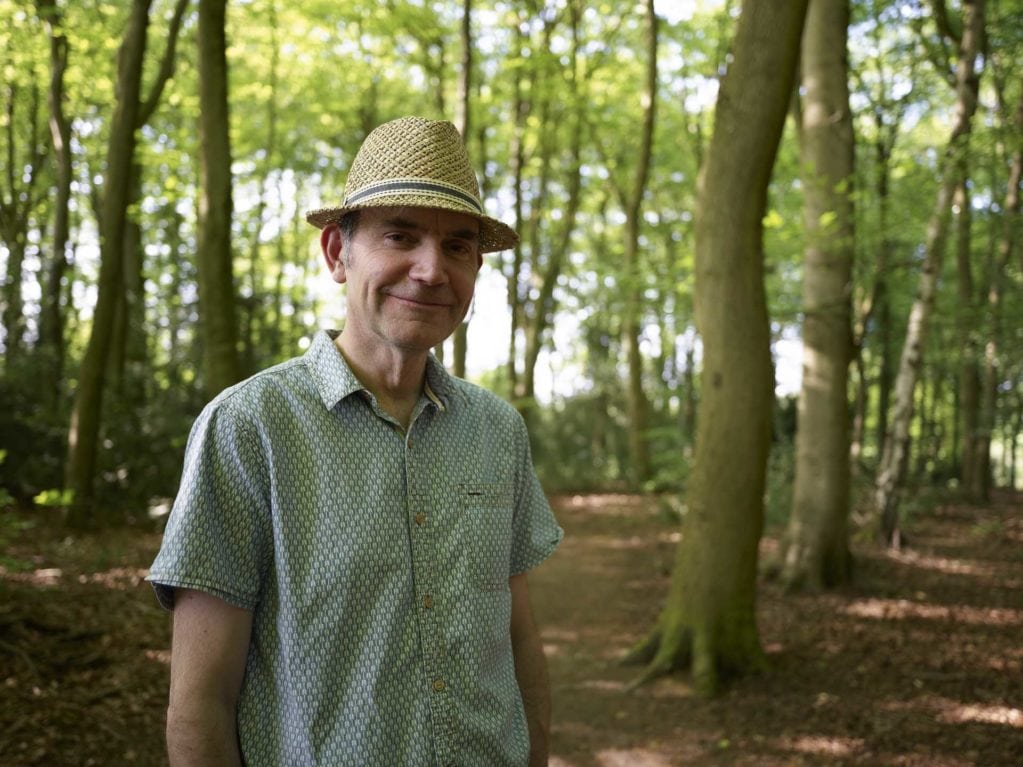
Medium Format f/3.5
As shown below, at the f/3.5 setting, the P20 Pro blurs the background much more than at the f/16 setting. In fact, it looks softer than the background in the medium format image above.
There are also fewer of those bright circles than in the medium format image, and those that are there tend to be a bit bigger.

Huawei P20 Pro f/3.5
At f/3.5, the P20 Pro also blurs the background more than the full-frame Sony A7R III at 28mm and f/2.8 (below), but the full-frame image again has more spherical highlights. Like in the medium format image, in the Sony A7R III’s version of the scene, the background looks more sparkly, you have a greater sense of light playing on leaves than you do in the Huawei P20 Pro image.

Full-frame f/2.8
Opening the Huawei’s virtual aperture wider to f/2.8 makes a very slight difference to the sharpness of the background.

Huawei P20 Pro f/2.8
As you’d expect, opening up to the P20 Pro’s maximum setting of f/0.95 blurs the background even further. There are still fewer circular highlights than in the medium format image. They have quite a nice soft quality to them but the smaller circles that are seen in the medium format and full-frame images are missing.

Huawei P20 Pro f/0.95
What else?
Sharpness falls off with distance from the point of focus. This means that at a wide aperture an object just behind the subject looks a bit soft, but not as soft as something much further away. This is something that some smartphones struggle to replicate.
The image below is from my Huawei P20 Pro review and it demonstrates how well the smartphone replicates the sharpness fall-off with distance. The subject’s left hand, which is further away than his right, is softer, but it’s not as soft as the background.

Shot in Aperture mode and aperture adjusted to f/0.95 post-capture
There is still an issue here though. Depth of field extends further behind the point of focus than it does in front. So, as the focus point was set the subject’s nearest eye, we’d expect his right hand to be softer than his left.
The fabric on the arm of the chair on the left of the image is also a bit sharper than it should be.
Dual camera smartphones also sometimes produce images with odd-looking edges, there can be artefacts along the boundary between the sharp and blurred areas of the image. The Huawei P20 Pro avoids this well.
Occasionally, if you hunt for it you may find a small section that doesn’t look quite right, but as this shot of my fuzzy dog shows, it usually looks fine at normal viewing sizes.
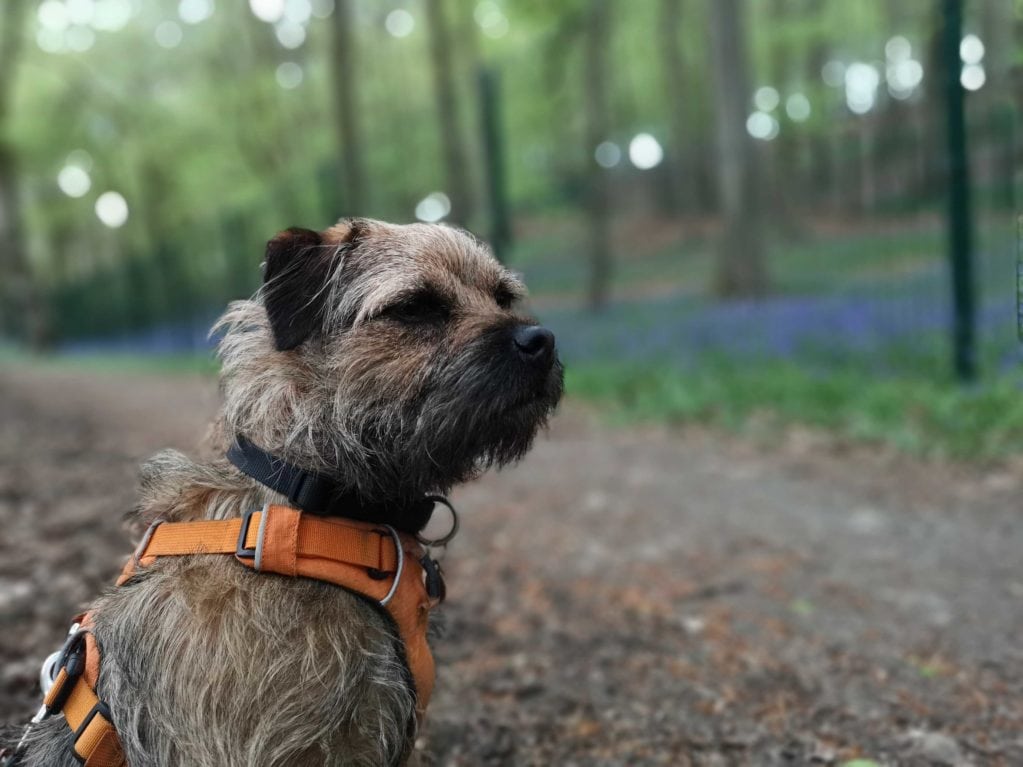
Huawei P20 Pro f/0.95
The image below was taken a little earlier in the evening, before the sun went in, making it look warmer and more attractive, but also the fur around the top the dog’s head looks a little more natural.
In addition, take a look at the highlights on the woodland floor to the right of the dog’s eyes, they have that nice circular quality that we expect from a good optical system.
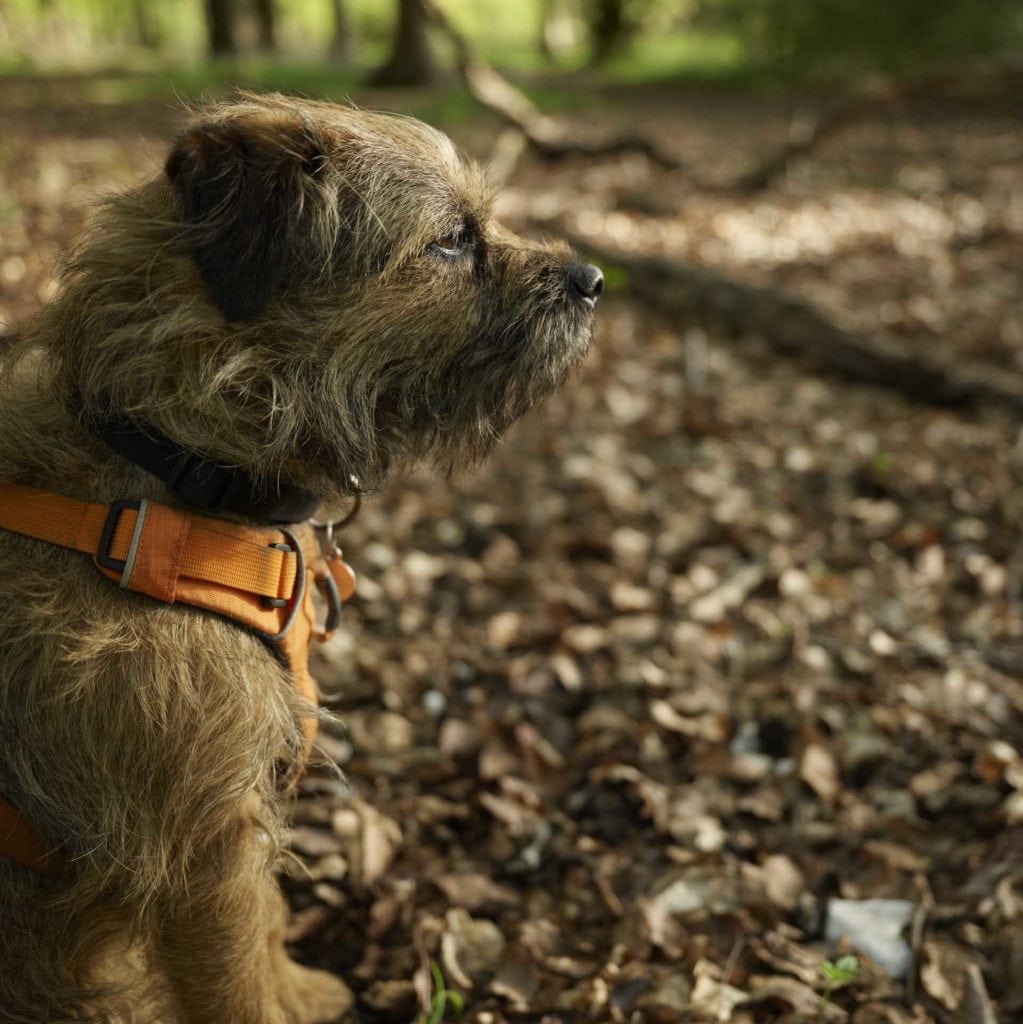
Conclusion
Huawei has come closer to replicating the effect of a wide aperture on a larger sensor camera than any other smartphone manufacturer we’ve seen to date. The degree of blur is good, as is the ability to distinguish the subject from its background.
Where it struggles in comparison to cameras with large sensors is with its ability to recognise small highlights and give them the appearance of those from an optical system.
There’s also room for improvement in the location of the blur as foreground objects need to be softer than background objects the same distance from the point of focus.
It’s clear that while the Phase One Trichromatic and Sony A7R III beat the Huawei P20 Pro in several ways, the smartphone’s ability to replicate their depth of field is better than traditional camera manufacturers might like.

